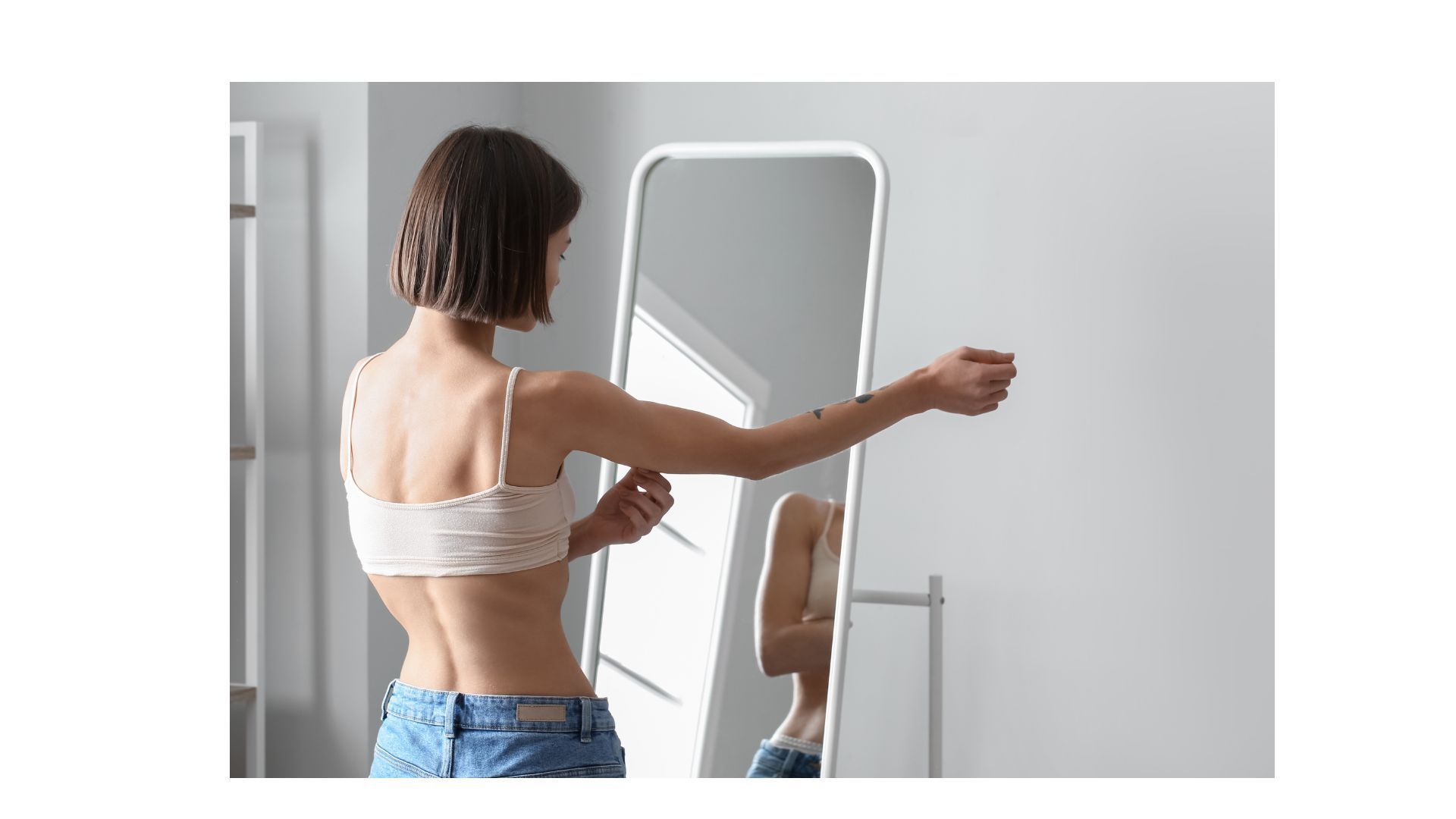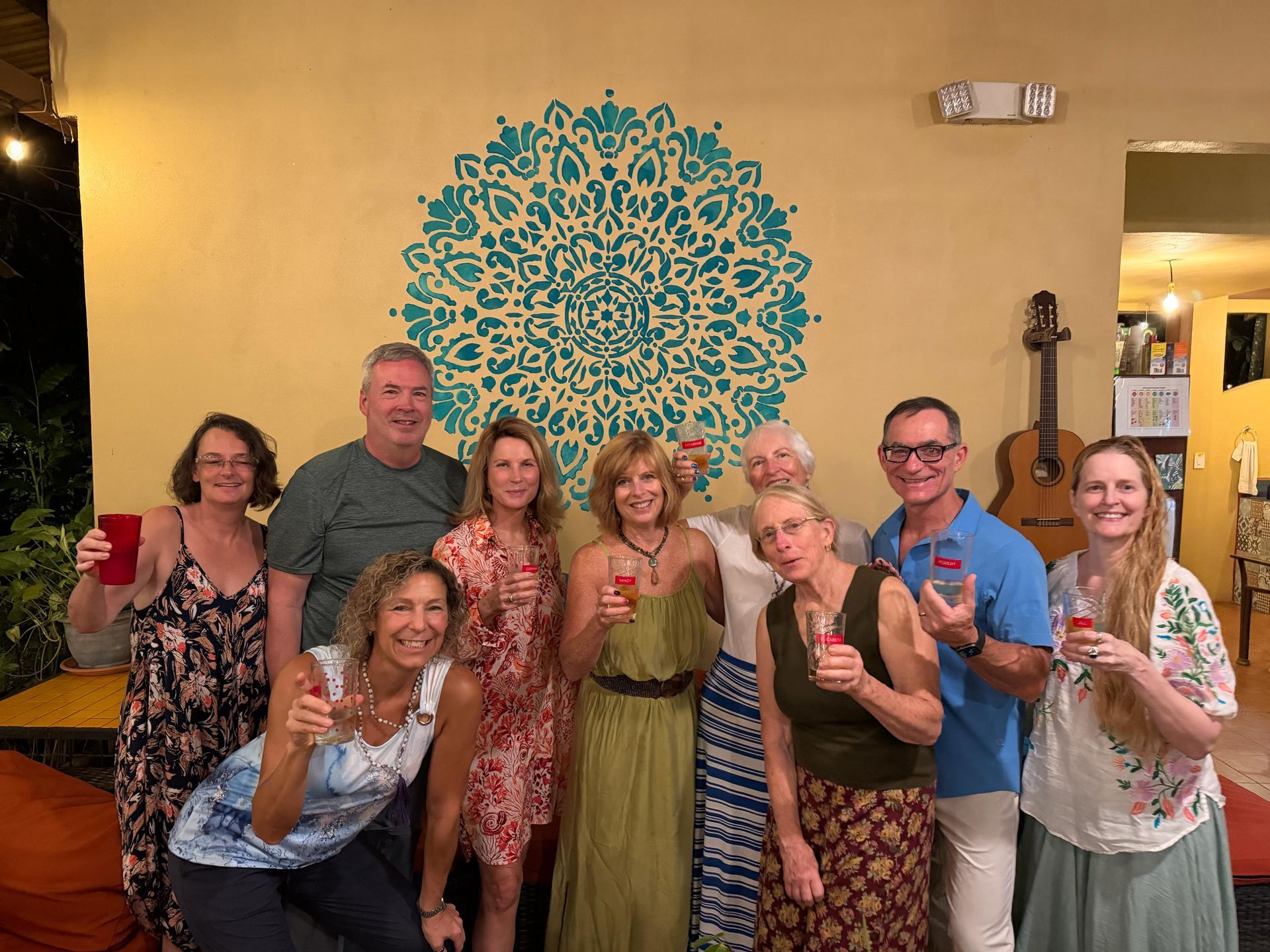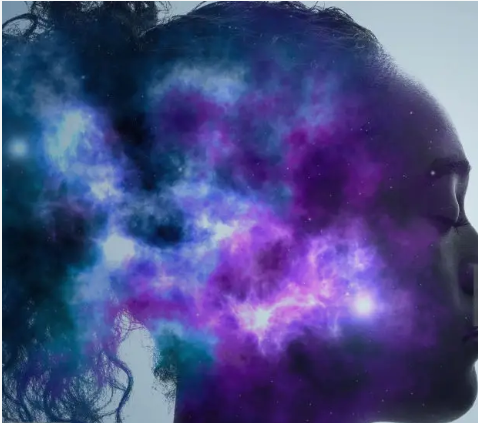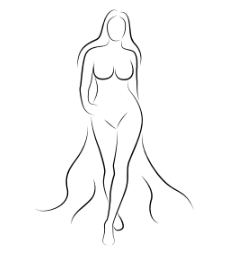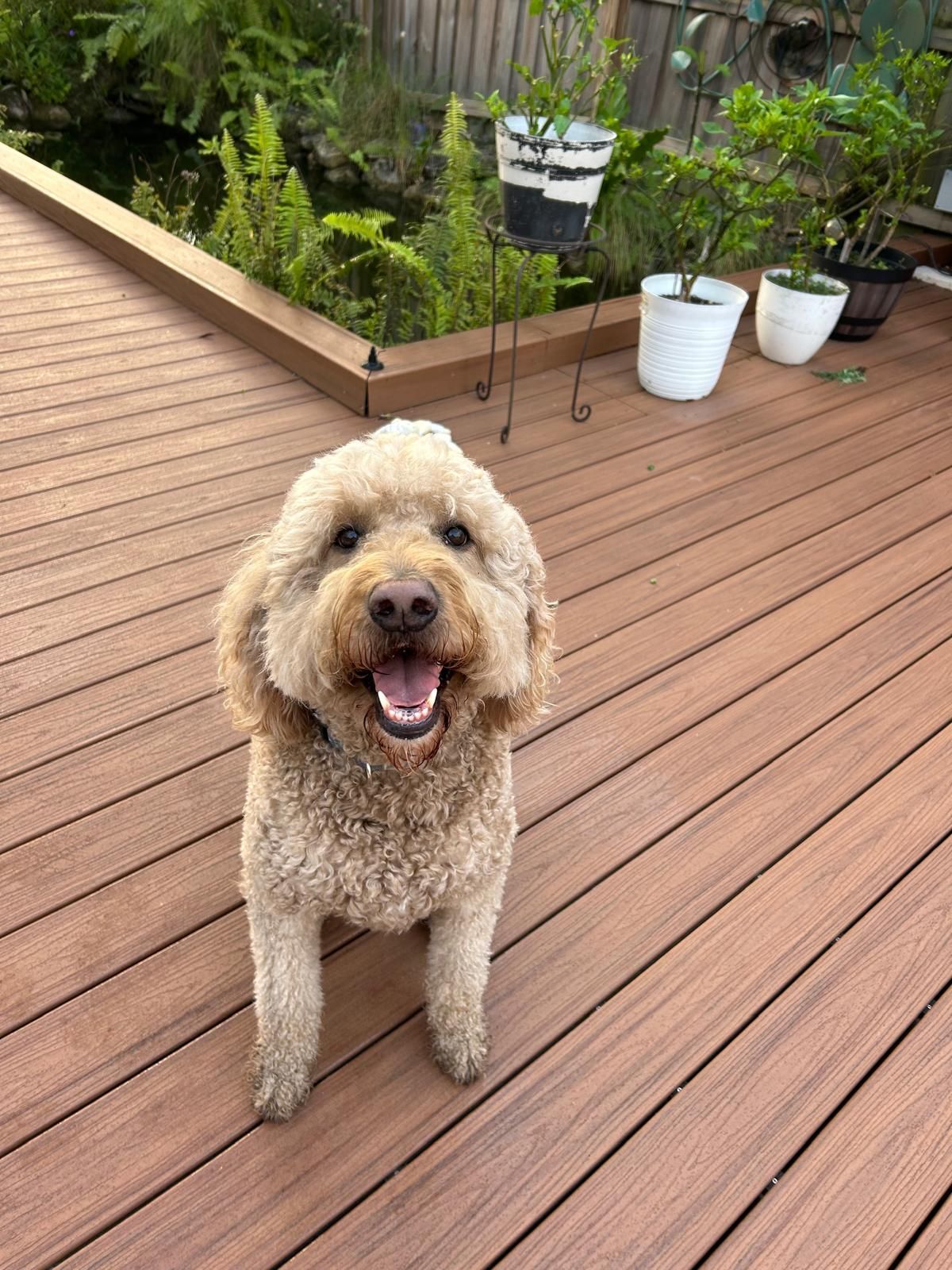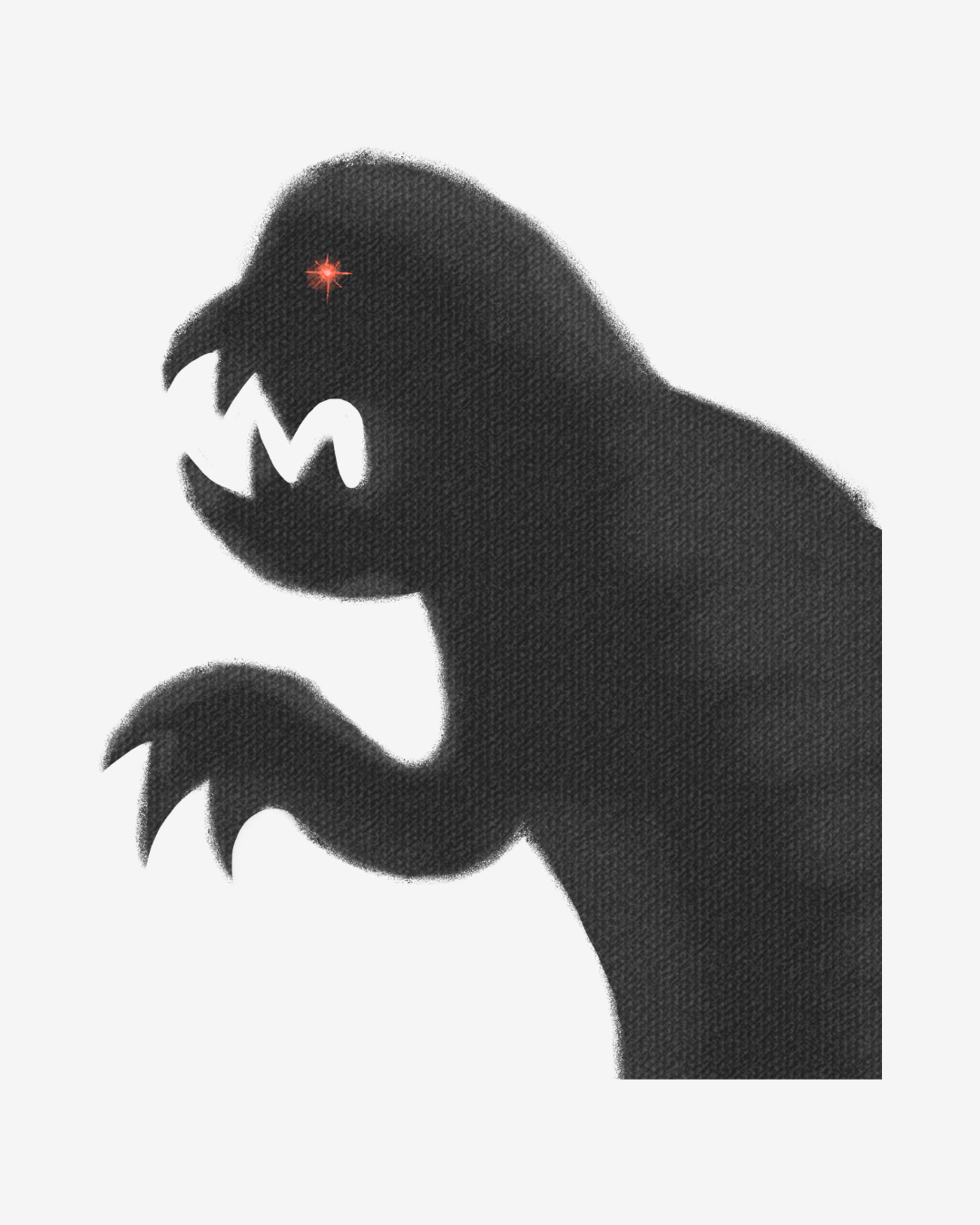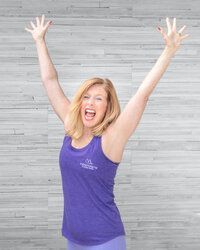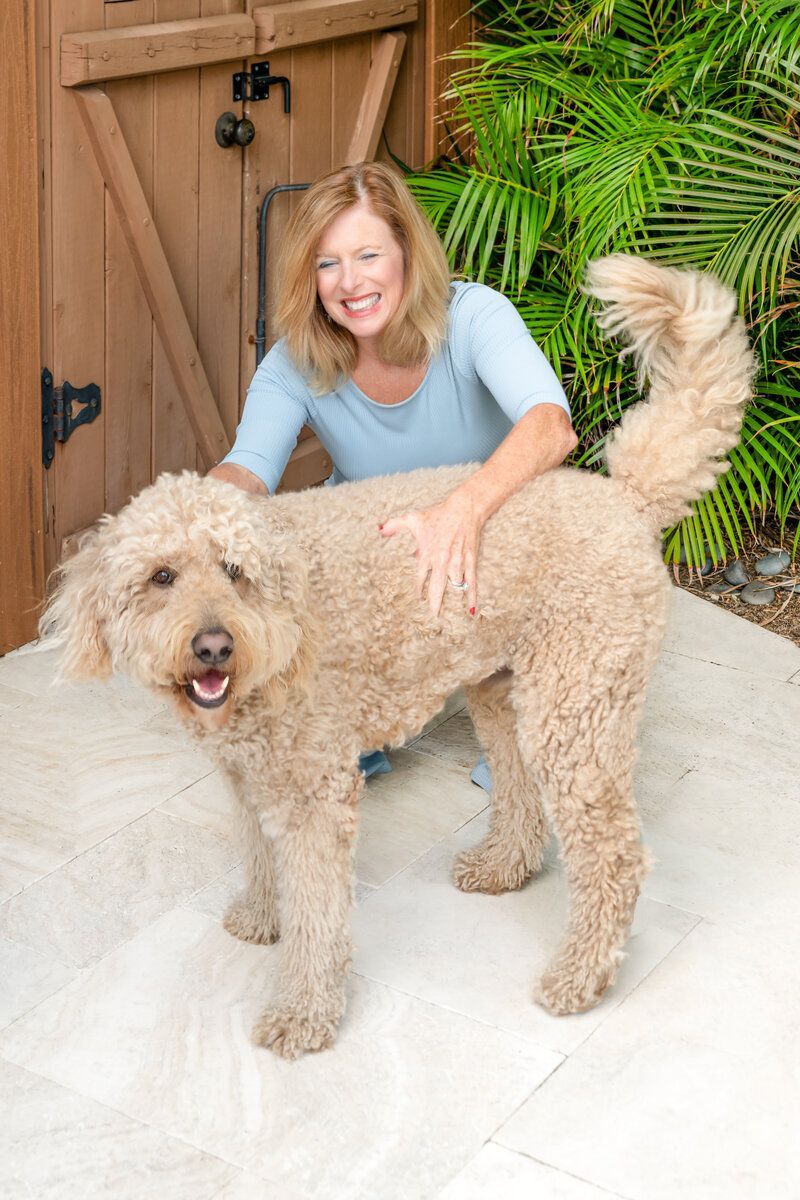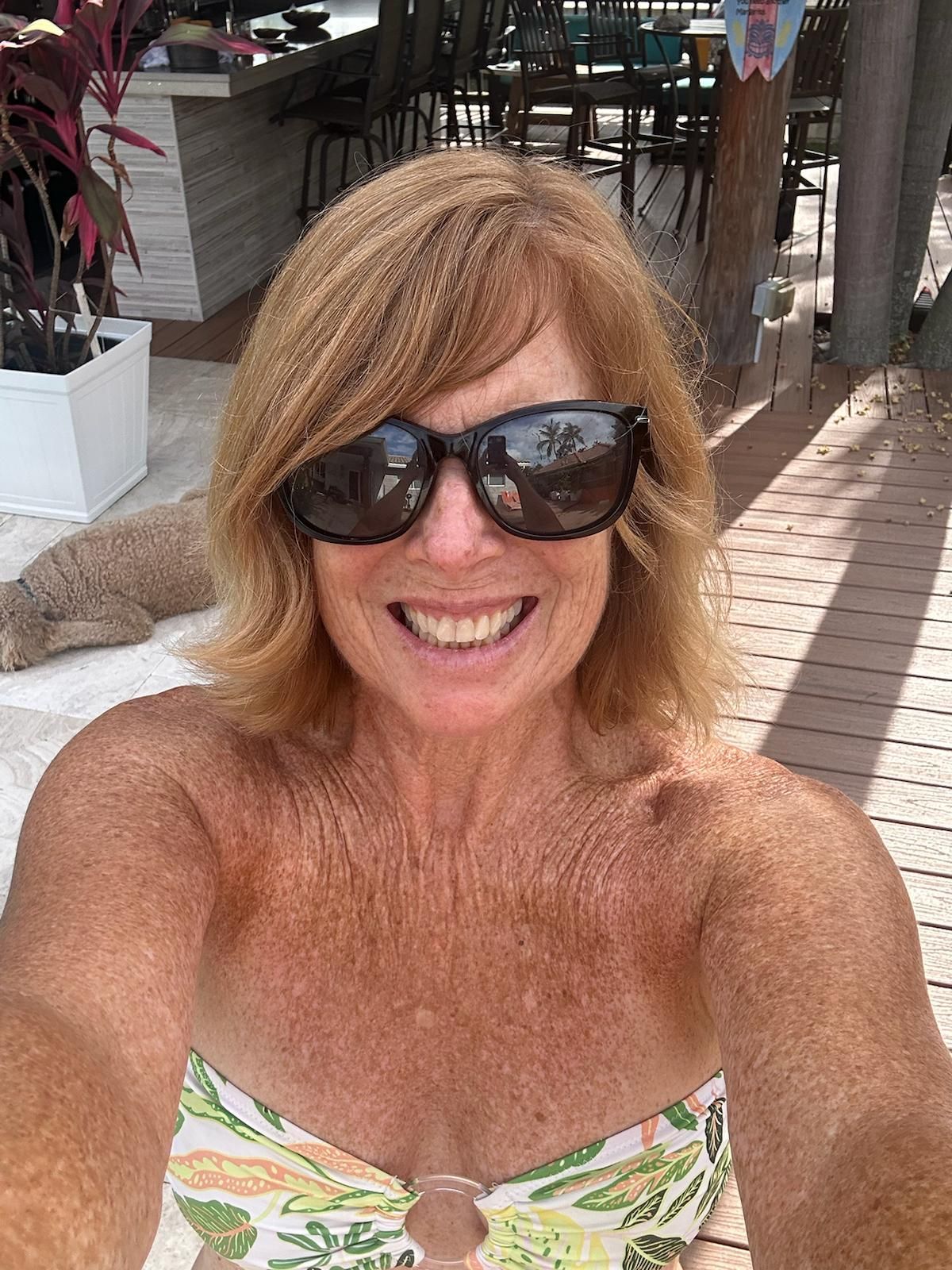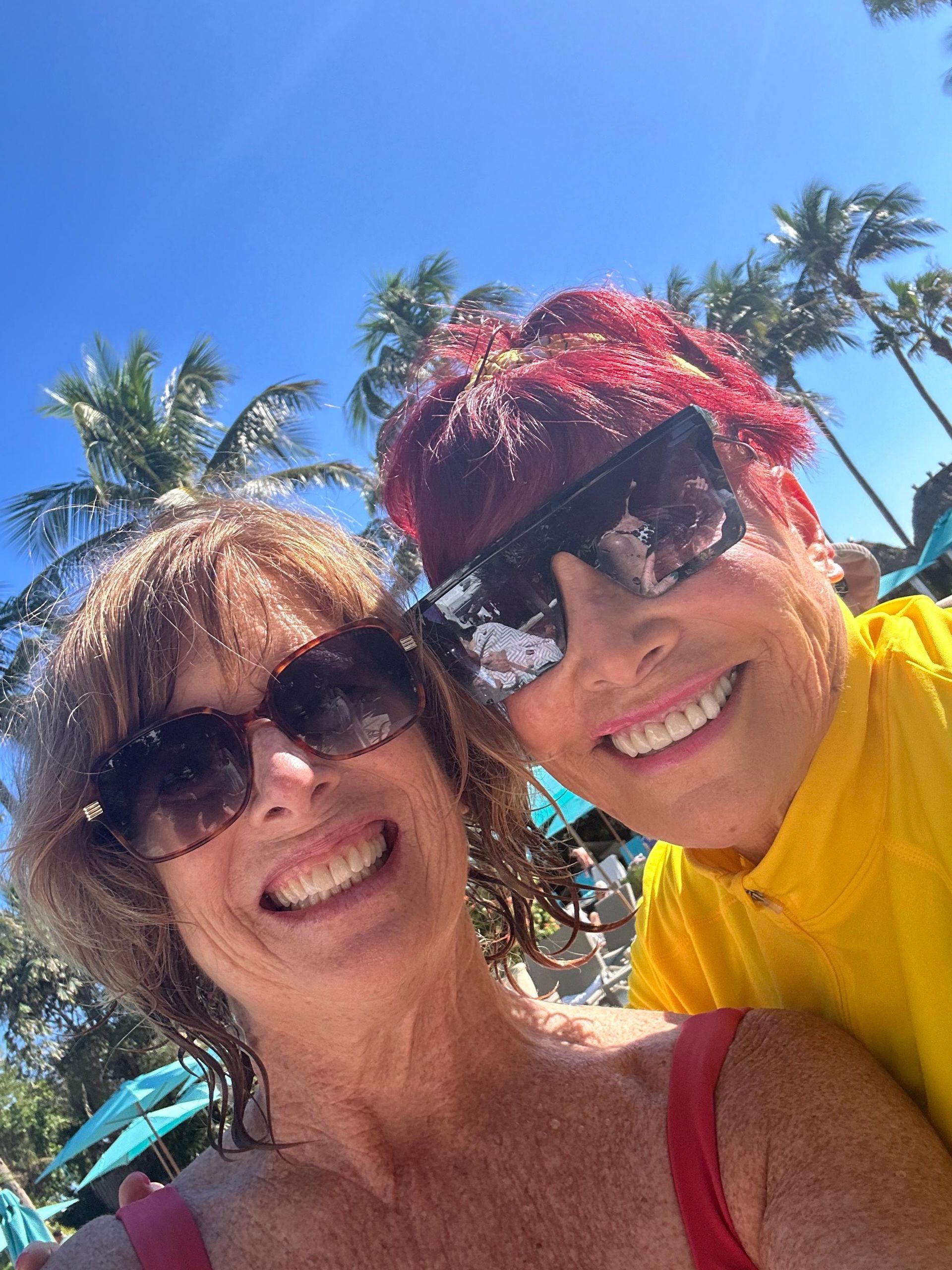Breathe: The Overlooked Superpower That Can Change Everything
Breathe: The Overlooked Superpower That Can Change Everything
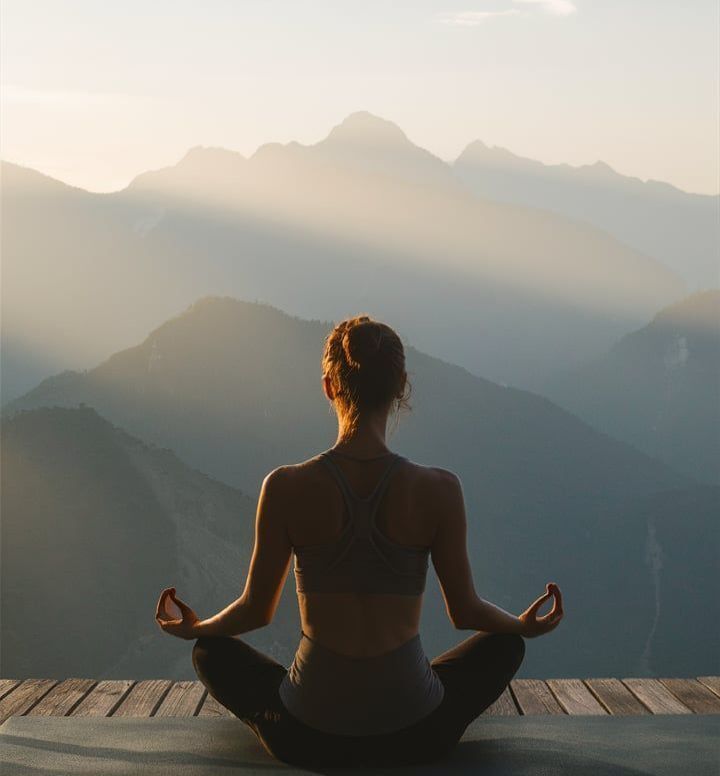
“Breath is the bridge which connects life to consciousness, which unites your body to your thoughts.”
— Thich Nhat Hanh
We take about 20,000 breaths a day—yet most pass unnoticed.
Inhale. Exhale. Move on.
But what if this automatic act holds the key to feeling more calm, focused, and energized?
What if learning to truly breathe became your quiet superpower?
The First Pillar of Vibrant Living
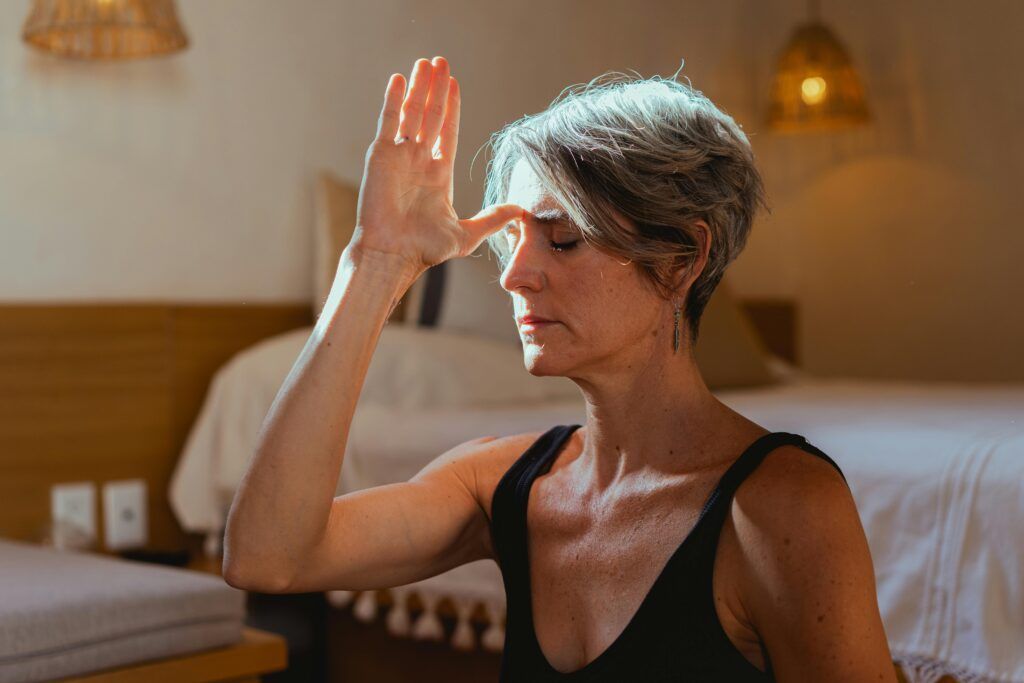
In my Vibrant Sage method, the first pillar is Breathe. It had to be. Because before you can move with ease, eat with awareness, sleep deeply, or live with purpose, you must connect to the one thing that’s always with you—your breath.
I didn’t always know this. In fact, I spent years teaching fitness, coaching wellness, and even working as a speech-language pathologist focused on the mechanics of breath and voice, completely unaware of its deeper power.
And then… a client changed everything.
A Client’s Awakening (That I Almost Missed)
Back in the 1990s, I was working with a man who had a reversed breathing pattern. He came to me for help with his voice. But underneath that was a deep, almost paralyzing fear—that one day, he wouldn’t be able to breathe at all.
Through our sessions, we retrained his breath: learning to inhale more efficiently, soften unnecessary tension, and let go of habitual patterns that had been holding him in fear for years.
At the end of one session, he said something that caught me off guard:
“I feel like I’ve been reincarnated.”
At the time, I thought he was being dramatic.
But 20 years later, as I wrote The Vibrant Sage, I finally understood:
He wasn’t exaggerating. He was waking up.
Not just physically. Emotionally. Energetically.

And now, I see it every day. When women begin to breathe with awareness, they don’t just feel better—they feel different. More grounded. Less reactive. More alive.
Breath and the Nervous System: A Two-Way Street
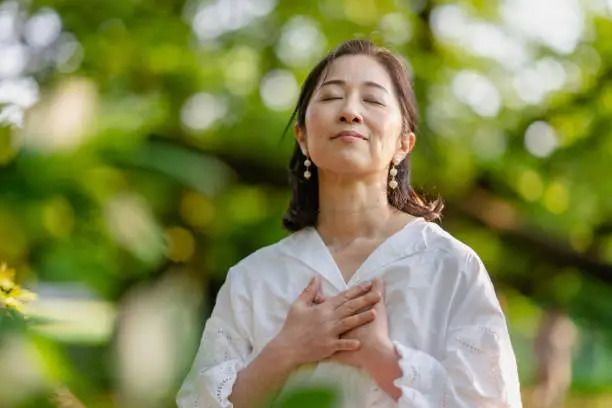
Breathing is the only function in the body that’s both automatic and under your control.
That means:
You don’t have to think about it—but you can influence it.
Which is why it’s such a powerful tool for regulating your nervous system.
Stress makes your breath shallow and fast. But slowing and deepening your breath tells your body:
> “You’re safe. You can soften. You can rest.”
And this one shift—just 2 minutes of conscious breath—can lower cortisol, reduce blood pressure, ease anxiety, and increase mental clarity.
It’s free. It’s always available. And most of us were never taught to use it.
Beyond the Science: Breath as Awareness
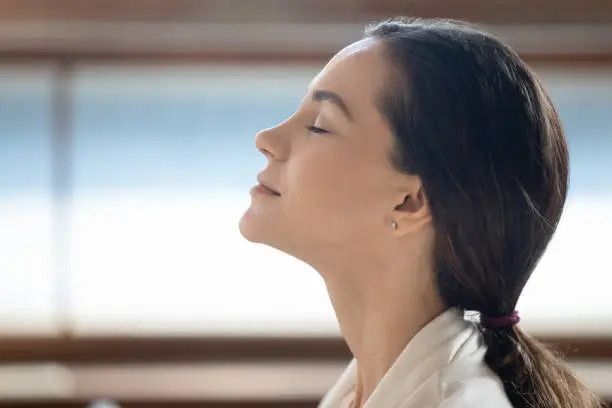
Here’s where it gets even more interesting.
Your breath doesn’t just affect your body. It mirrors your mind.
When your thoughts are scattered, your breath will be, too.
When your thoughts are still, the breath becomes smooth and effortless.
Tuning into the breath brings you into the present moment.
It pulls you out of worry about the future or regret about the past.
In many traditions, the breath is considered a form of consciousness itself.
It is energy. Presence. Life force.
And when we bring our attention to it, something sacred happens:
We meet ourselves.
Not the version we perform. The one that’s always been there, waiting to be felt.
The Practice: From Habit to Healing
Here’s a simple breath pattern I often begin with in my classes and coaching:
✨ The 4–6–2 Breath Reset
Exhale through the mouth for 6
Inhale through the nose for 4
Hold for 2
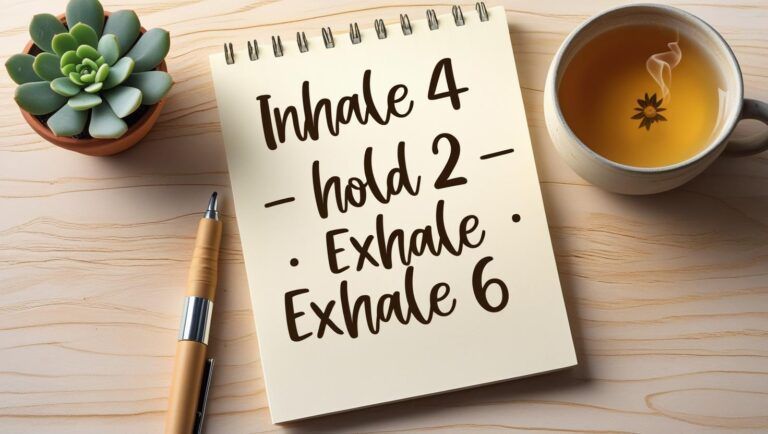
Repeat 5–10 rounds. Let your shoulders drop. Let the exhale melt through your body.
Let the stillness arise—not from forcing, but from feeling.
This breath slows the heart rate, steadies the mind, and grounds you in the now.
It’s a reset button that fits in your pocket.
And it just might shift everything.
What If Breath Is the Key?
What if breath is more than air?
More than oxygen and carbon dioxide?
What if it’s a compass, a teacher, and a key to everything we’ve been chasing—calm, focus, energy, joy?
What if the path to vibrant aging isn’t about doing more or fixing yourself— but about returning to what’s been inside you all along?
Your breath has been with you since the moment you arrived.
It will be with you until the moment you leave.
And it’s waiting for you—right now—to remember it.
The Invitation

Try this for the next 24 hours:
- Notice your breath in moments of stress.
- Shift to a slower inhale and longer exhale.
- Watch how your body responds.
- Watch how you respond.
Let your breath become your barometer.
Your anchor.
Your gentle reminder that you are here. Alive. Capable of shifting your state at any moment.
Final Words
When I say breathe, I’m not just reminding you to take in air.
I’m inviting you to wake up—to yourself, to your body, and to the possibility that something so simple could be so sacred.
Breath is the first pillar of The Vibrant Sage for a reason.
It is where life begins.
And where transformation is always waiting to begin again.
Want to Explore More?
If this post sparked something in you, I invite you to stay connected:
- Visit my website TheVibrantSage.com for blogs, events, and programs
- Sign up for my newsletter to receive weekly inspiration, breath practices, and healthy aging tips
- Join my free email series o The 5 Pillars of Vibrant Living
- Follow me on Instagram @thevibrantsage for breath tips, movement rituals and behind-the-scenes stories
Let’s keep breathing and growing—together.
About Nancy Waring
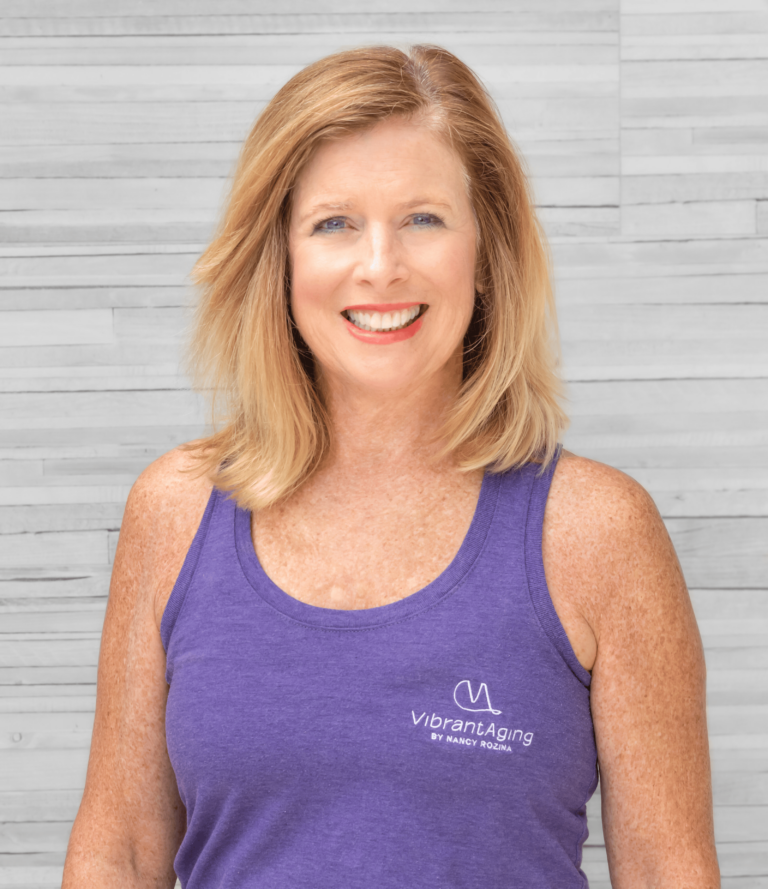
Nancy Waring is the author of The Vibrant Sage: Arousing Energy for Health and Happiness, and a holistic wellness guide for women navigating midlife and beyond. Through breath, movement, mindful nourishment, and heartful introspection, she helps women reconnect with their energy, confidence, and inner wisdom.
Her approach is rooted in lived experience — not perfection — and in the belief that it’s never too late to feel vibrant, strong, and whole.
Nancy’s work supports women in releasing stuckness, reclaiming self-trust, and creating lives filled with purpose, peace, and authenticity. Whether through her writing, private coaching, or in retreat spaces, she offers calm guidance, compassionate reflection, and tools that lead to lasting transformation.
👉Discover more at TheVibrantSage.com
📷Follow along @Nancy_thevibrantsage
📍Based in South Florida but serving the globe
📩Reach out: nancy@thevibrantsage.com
